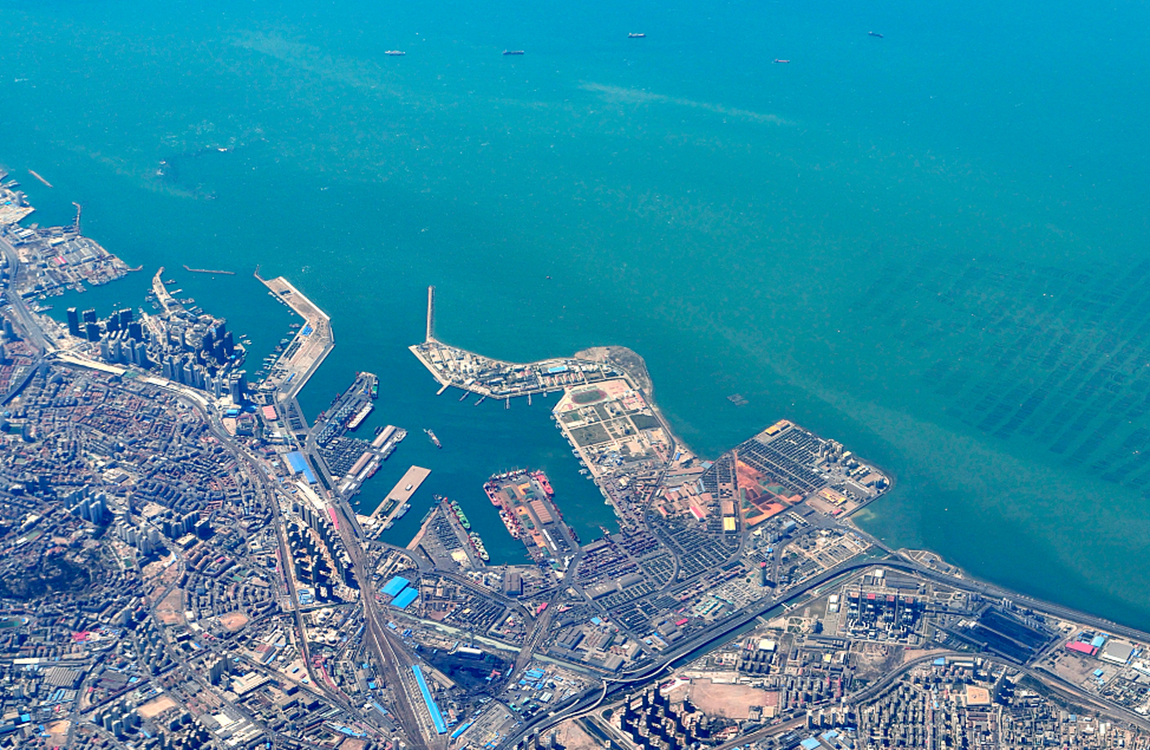Located on the east coast of China, Shandong Province is a junction between the Beijing-Tianjin-Hebei region in the north and the Yangtze River Delta economic belt in the south. It also connects the "Silk Road Economic Belt" in the east and the "Maritime Silk Road" in the west, facing Japan and South Korea across the sea.

Railway: By the end of 2022, Shandong Province had a high-speed railway mileage of 2,246 km in operation. “Qilu” Eurasian freight train can directly reach 46 cities in 18 countries along the Belt and Road.
Highway: By the end of 2021, the highway traffic mileage in Shandong has reached 288,000 km, with a highway density of 183.9 km per 100 sq.km, ranking third in China. It adopts a ringlike railway network across the province, with expressway access to every county.
Coastal port: By the end of 2022, Shandong's coastal port throughput jumped to the first in China. In 2023, it will build a world-class port cluster on Shandong Peninsula, complete the third phase of the automated wharf in the Qianwan Port Area of Qingdao Port and the second phase of the 300,000-ton crude oil terminal in the West Port Area of Yantai Port, and vigorously expand the overseas routes, to accelerate the integrated development of the port area, industrial park and urban area.
Airport: In 2021, the number of civil transport airports in the province reached 10, ranking first in East China.
During the "14th Five-Year Plan" period, Shandong will basically complete the main framework of the interconnected infrastructure. Among them, the pattern of "one axis, two corridors and ten channels" will be basically formed, and the construction of the "1+2+4+4+N" hub will be speeded up.




